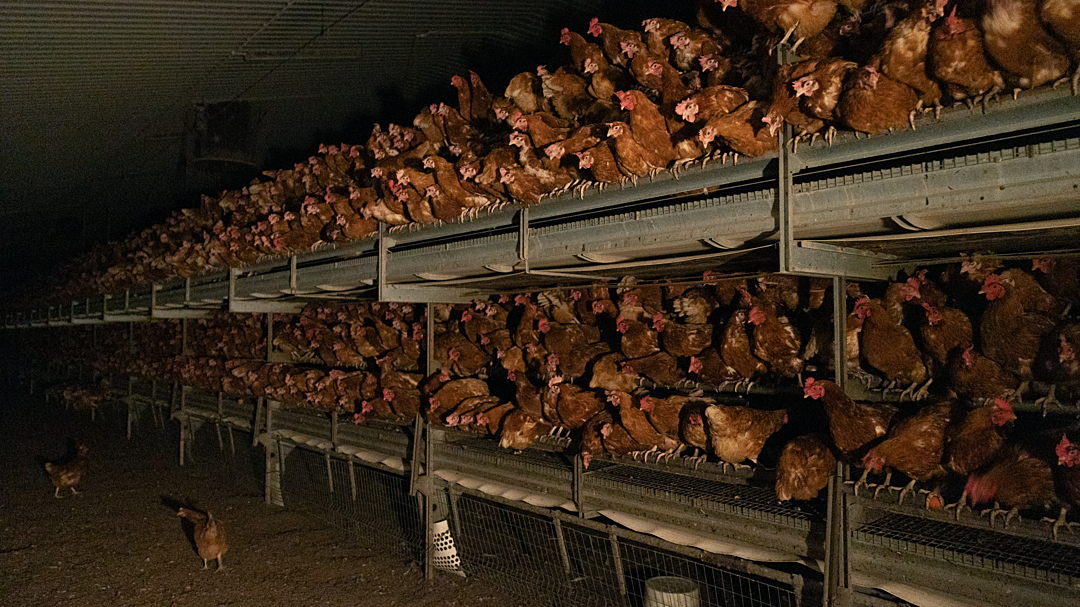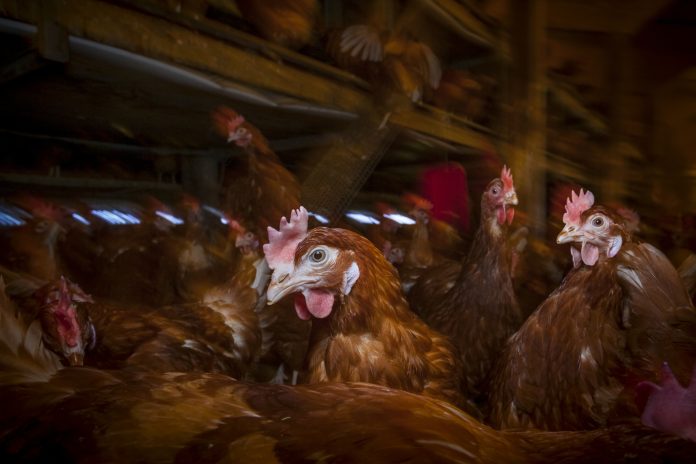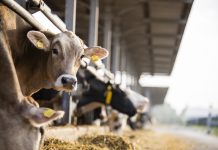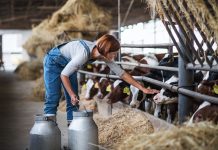A recent report by The Animal Law Foundation revealed widespread misinformation from producers about animal welfare and farming practices, with most companies using misleading imagery that does not reflect the conditions in which the animals are raised. Edie Bowles tells us more
We have all seen it: pictures, footage, and depictions of idyllic animal farms where animals are roaming and grazing, adding beauty and sentiment to the countryside. But what we have seen far less of is the reality for the majority of farmed animals in the United Kingdom.
Smaller, higher-welfare farms do exist; however, the reality is that the UK is dominated by the industrial animal farming model, which is rife with systemic welfare issues. Chickens alone make up one billion of the animals farmed in the UK each year. Most farmed chickens have been selectively bred to grow so fast that they suffer from a range of health and welfare issues. These chickens are, of course, not the ones you see in storybooks, but instead live their lives behind closed doors, out of
the public view.
It is not just chickens. Pigs, for example, are often so bored they bite each other, or are kept in crates for prolonged periods at a time, ahead of and after giving birth, unable to turn around and unable to properly protect their own piglets. These are not the pigs you will see in an advert.
The reality for millions of animals is not what is reflected on the food market, where the dominant image for the public is of happy and healthy animals.

Real-world consequences
This mismatch matters because it shapes consumer choice. Data from YouGov shows that almost 40% of people in the UK agree with the statement ‘advertising helps me choose what to buy’. In fact, we have seen how more information drives different decision-making. In the UK, the market share of higher-welfare, cage-free eggs increased by 43 percentage points when a mandatory method of production labelling was introduced for eggs.
The food market is being distorted through a lack of transparency. More ethical food production is not getting the advantage it most likely would if the less ethical production were being marketed honestly, or at the very least, not deceptively.
Legal tools – and lack of enforcement
The law and regulatory rules that govern several aspects of the supply chain – including consumer-protection, advertising, and competition – require honesty, yet an opaque and dishonest food supply chain persists.
For its Food Chain Misinformation report, The Animal Law Foundation reviewed the websites, advertisements, and products of 47 producers and processors of dairy, eggs, and chicken, duck, turkey, pig, and lamb meat, finding that pervasive misinformation is prominent. Some examples include:
- Misleading portrayals of animal farming on major supermarket and food producers’ websites.
- Exaggerated claims of animal products being British.
- The use of fake farm names by major supermarket chains.
Despite 85% of animals in the UK being reared on factory farms, which involves routine mutilations, confined living, such as cages and high stocking densities, and selective breeding, the investigation revealed this is not what the public is being shown on a system-wide basis. Of the 47 producers investigated, only three did not feature animal imagery on their websites or products. Of the 44 producers that used images of animals, 84.09% used imagery, videos, or drawings of animals living outdoors. Whilst 61.36% also showed images of animals indoors, all of the animals appeared healthy, 29.63% showed spacious conditions, and 48.15% used blurry, cropped, or unclear imagery. The investigation also found that all major supermarkets feature images of healthy animals outdoors on their corporate websites.
Public appetite for clarity
Consumers are not indifferent. Defra’s 2024-25 ‘Fairer Food Labelling’ consultation showed that over 99% of individual respondents and 69% of organisations backed mandatory method-of-production labels, and a majority supported stronger country-of-origin rules. Respondents cited animal welfare, environmental impact, and the right to make values-based choices as key reasons. These figures echo repeated survey findings that the British public cares deeply about how animals are treated.
A risk of market failure
The Animal Sentience Committee (ASC) warned that there is a lack of information being provided to consumers. Its solution is a ‘robust, government-led welfare labelling scheme in conjunction with industry – anchored in independently verified standards’, which it argues ‘could help to address market failures and promote high animal welfare’. Without accurate information, consumers cannot reward higher animal welfare standards, and the playing field tilts towards the cheapest option.
Improving transparency in farming practices
Information is the lifeblood of a functioning market. When labels, adverts, and media stories collectively paint an unreal picture of modern farming, consumers are denied true choice, higher welfare producers lose out, and animals remain trapped in the industrial animal farming model. Britain’s food system suffers from a transparency deficit that only enforceable standards founded on honest information can fix. Deliver those standards and the market will respond, which previous data suggests will reflect the consumer’s tendency towards higher welfare, which will ultimately improve the lives of the animals.











